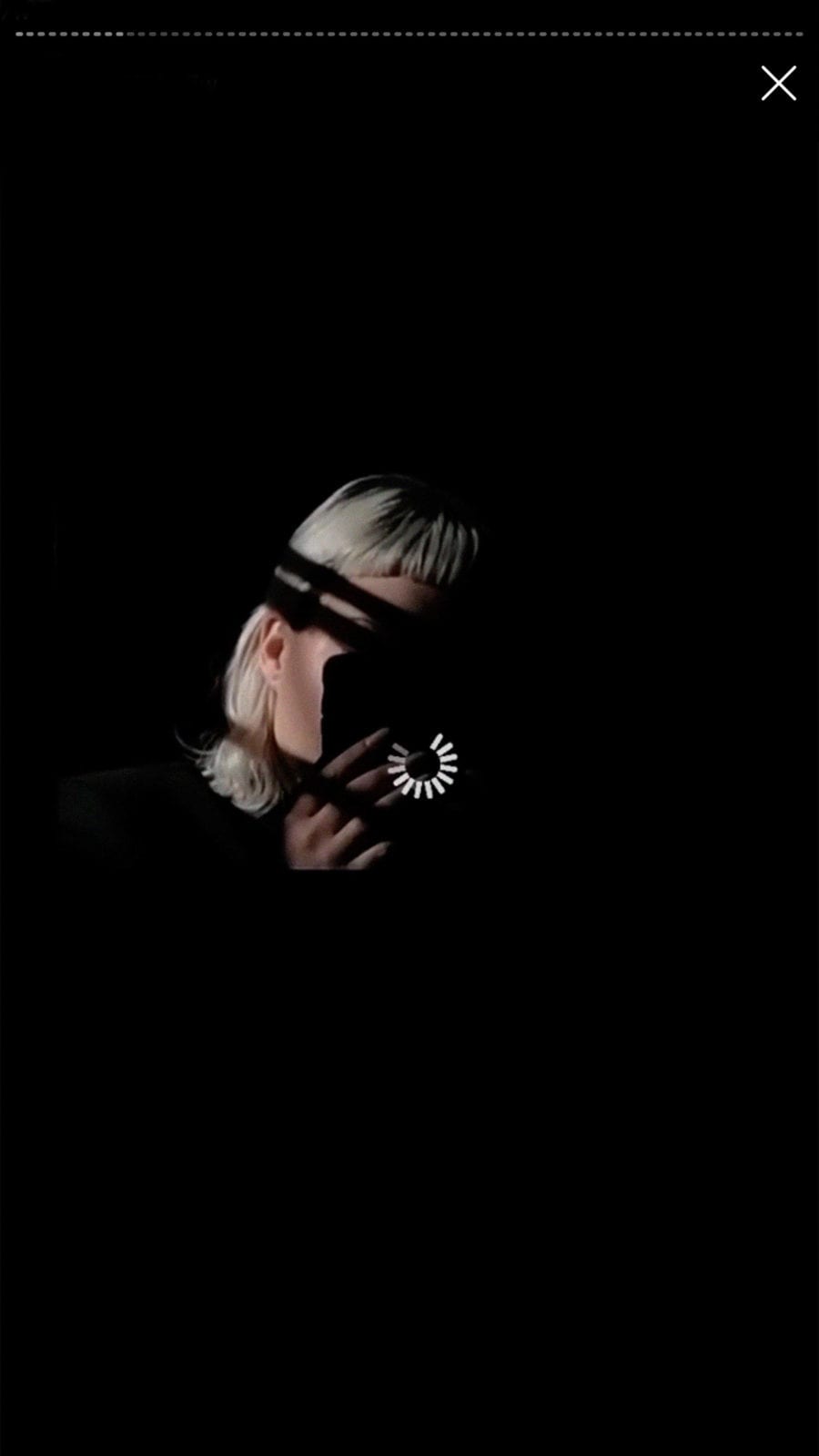
Tag: Skinnerboox

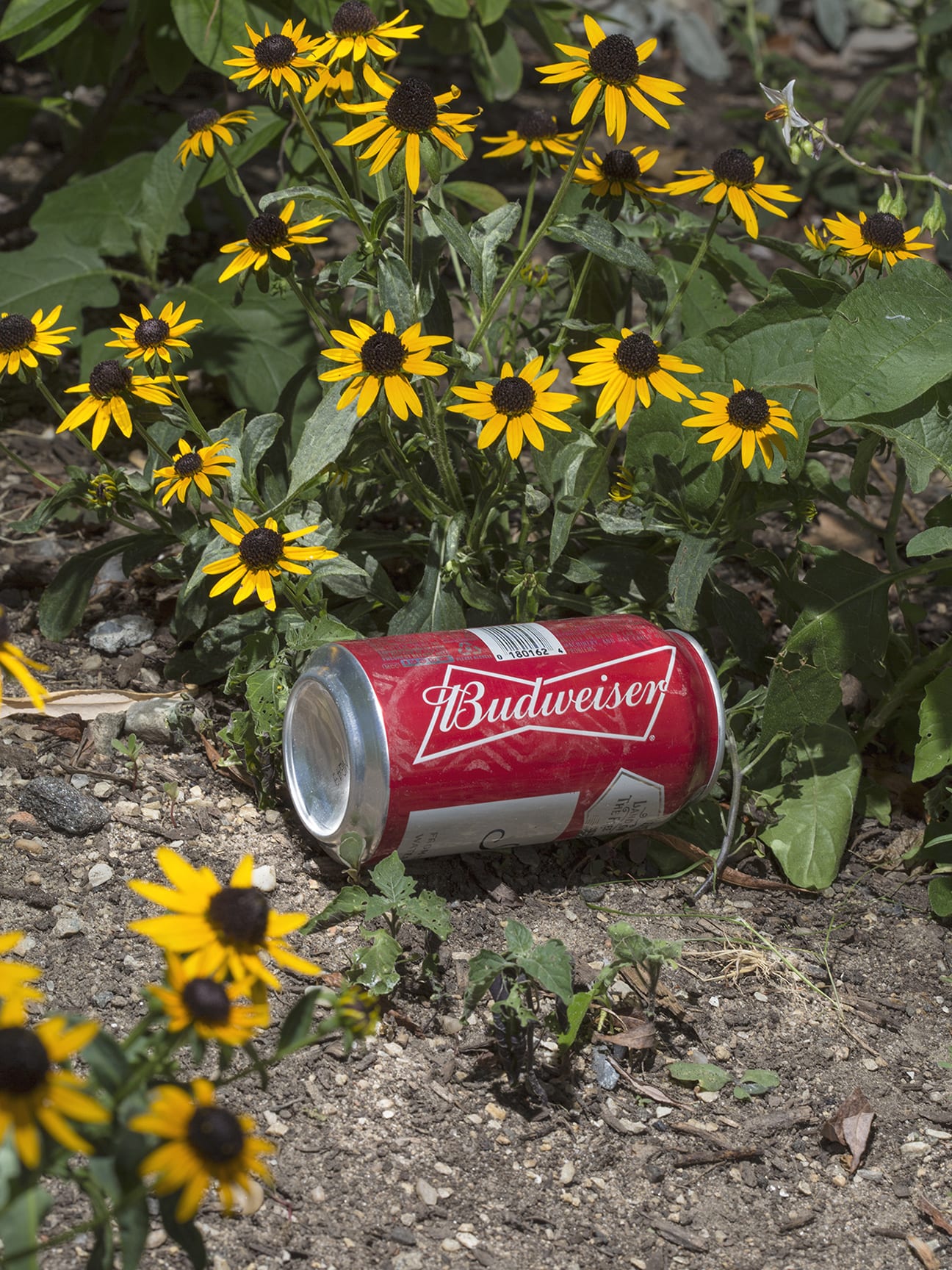
David Brandon Geeting’s vivid and playful images of his Brooklyn neighbourhood contain a cautionary message

Publications we loved, and the big news stories from the last month in photobooks – including the nominees from the 2019 Mack First Book Award and an interview with photobook collector extraordinaire Manfred Heiting
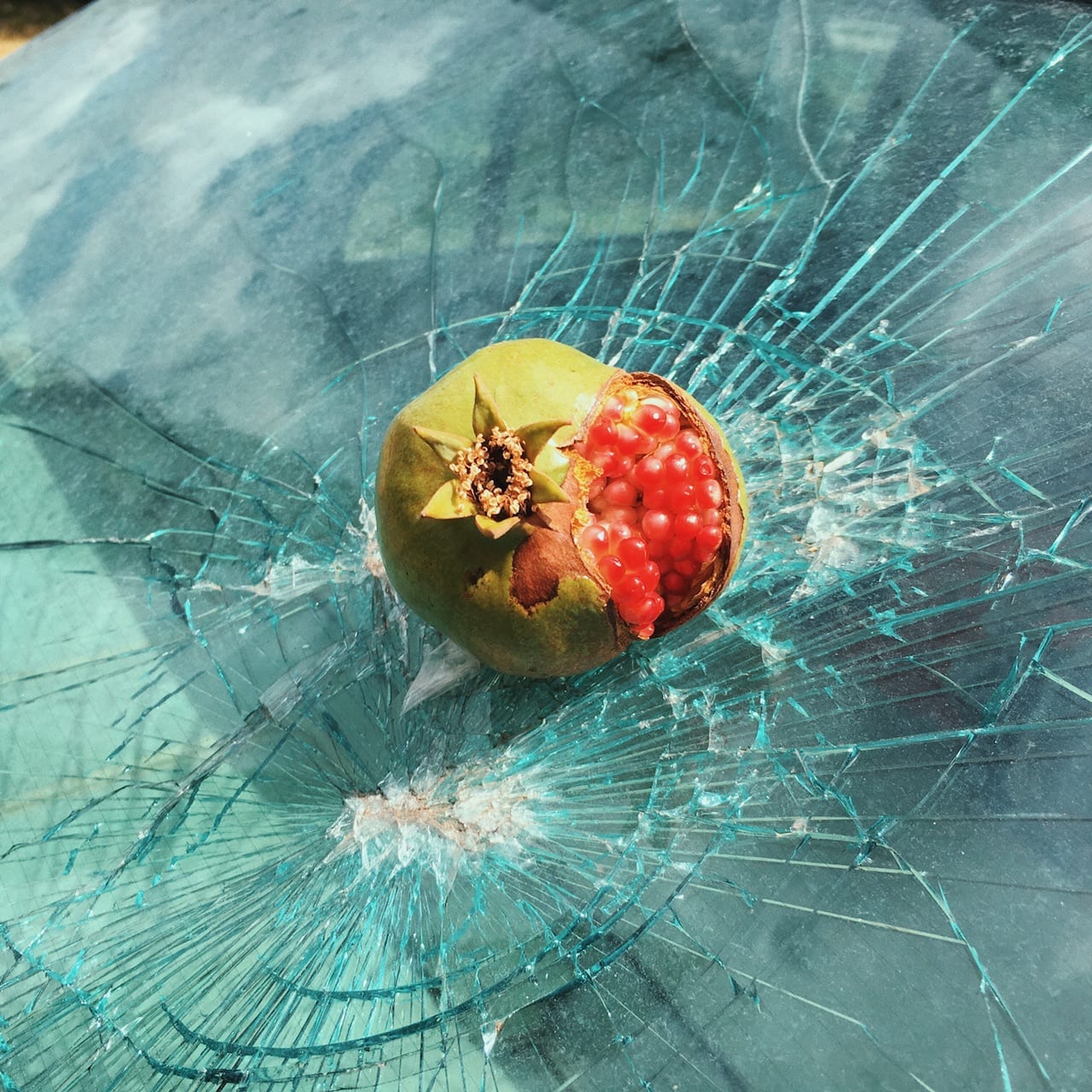
Born in 1987, Piero Percoco started taking pictures seven years ago, in his hometown Bari, Italy. He never studied photography – “I was never able to afford it,” he says – but sometimes he bought books, and inspired by photographers like Stephen Shore and William Eggleston, Percoco began to make photographs on his smartphone, and upload them to his Instagram, @therainbow_is_underestimated.
Seven years on, Percoco has 452,000 followers, and regularly posting photographs that extract the magic out of the nuances of his daily life in Southern Italy. Last year, he published his first book with Skinnerboox, Prism Interiors, which was edited by American photographer and publisher Jason Fulford.
Now, as his second book with Skinnerboox, The Rainbow is Underestimated, becomes available for preorder, BJP catches up with the photographer about his new release and how he built his career through social media.
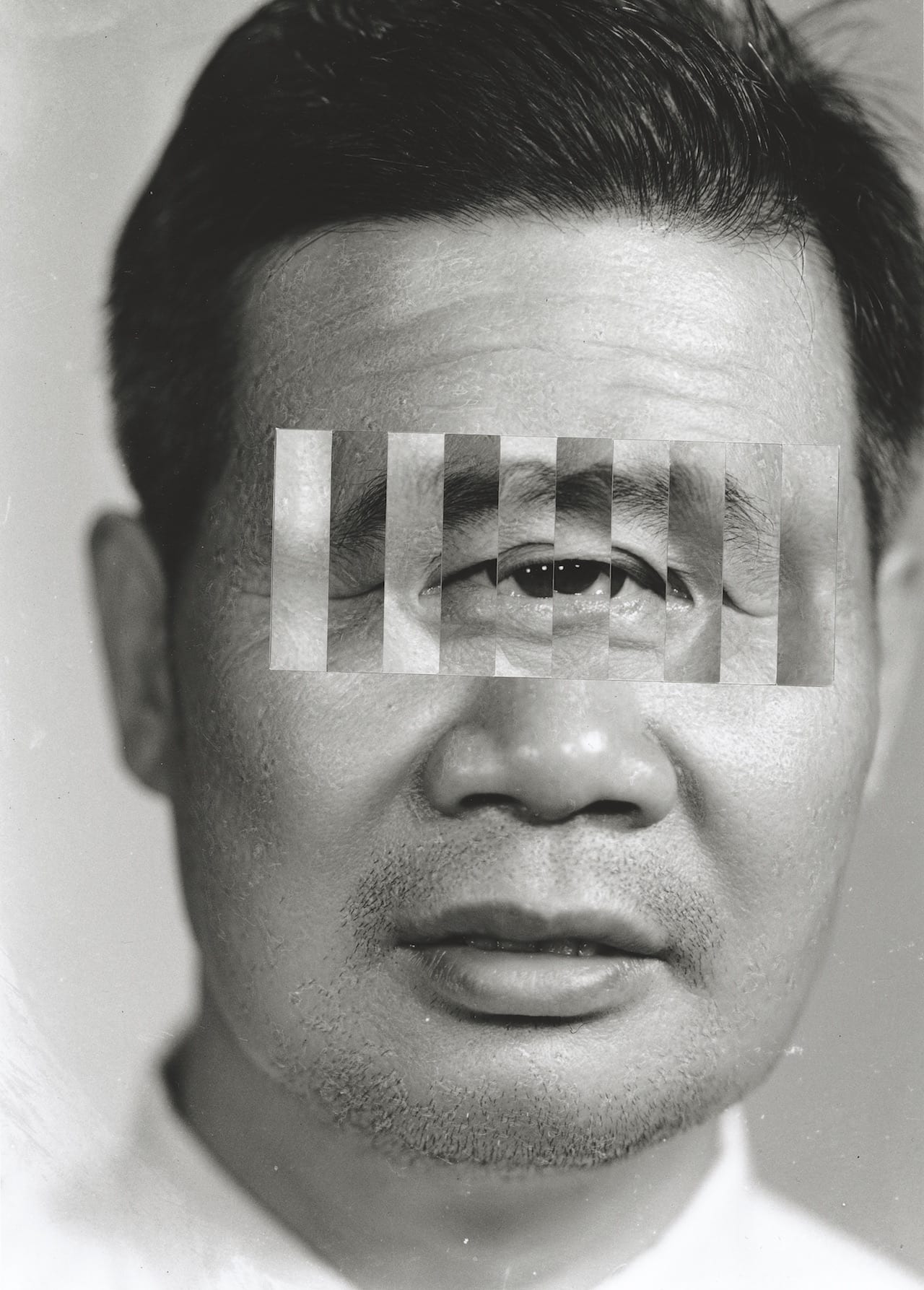
The collages of Kensuke Koike have been one of the purest forms of visual pleasure over the last two years. Videos of his working process on his Instagram account show him making miraculous reinventions of images with a single rip (his smoking woman), with a pasta machine (his dog), and with three-dimensional transformations (his sinking boat). It’s work that attracts because it seems so simple.
Take an old portrait of a loving couple, cut their eyes out, switch them around and the relationship takes a new direction. Cut a circle around the middle of a face, offset it a couple of inches, and you’re left with a pathway to that person’s interior. These are pictures that seem simple, but link up to ideas of image compression, ways of seeing, facial recognition and visual agnosias. It’s The Man who Mistook his Wife for a Hat in photographic form.
Koike’s work has attracted a loyal following, inspired countless copycat activities at photography workshops around the world, and invited collaborations from parties ranging from Gucci to Thomas Sauvin of Beijing Silvermine. It’s the Sauvin collaboration that resulted in Koike’s latest work, a book launched in November. Titled No More No Less, the publication came about after Koike was invited to work with Sauvin’s archive of old images that he recovered from Beijing silver-recycling centres.
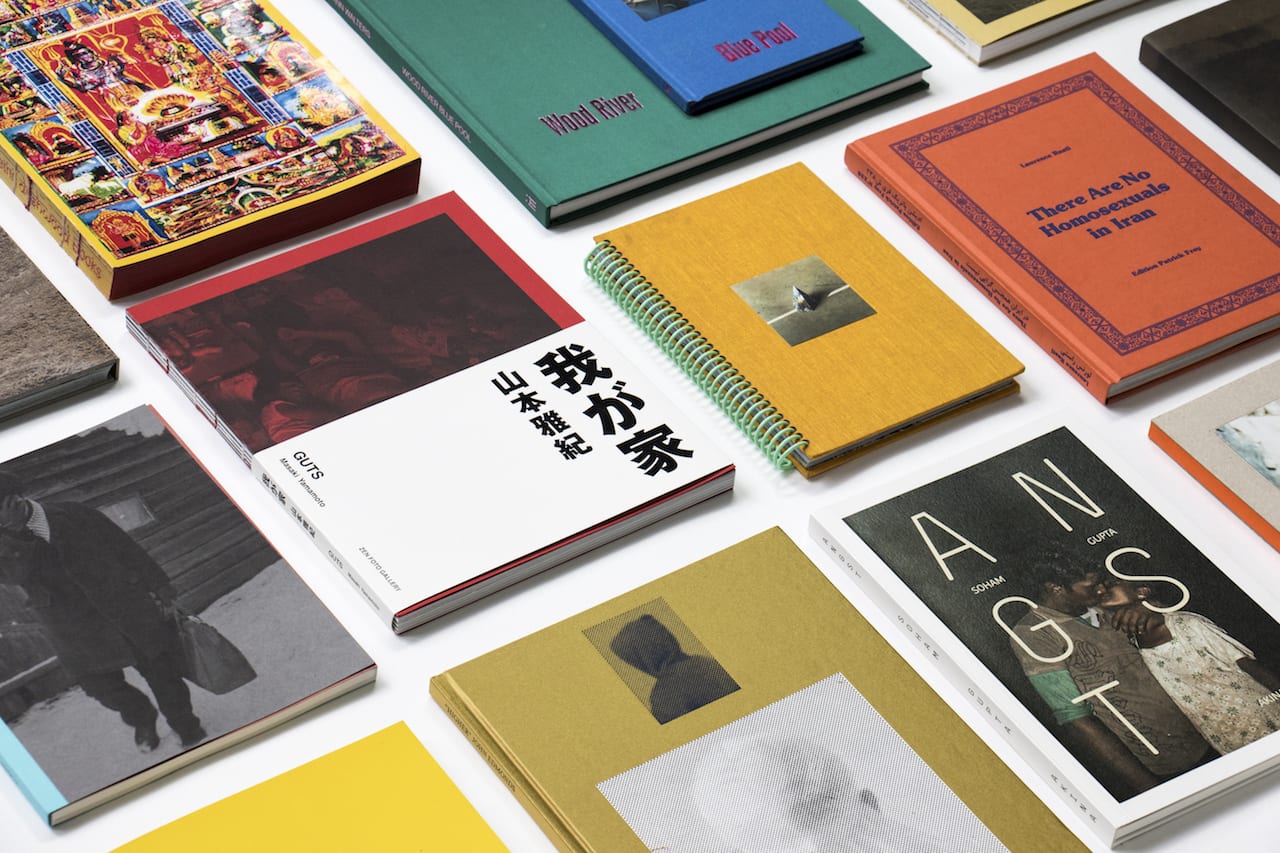
Laia Abril, Nina Berman, Sohrab Hura, and Carmen Winant are all in the running for the prestigious Paris Photo/Aperture Foundation Photobook of the Year Award, which will be announced on 09 November at Paris Photo.
In total ten books have been shortlisted for the award; in addition, 20 books have been shortlisted for the First Photobook, and five for the Photography Catalogue of the Year. All the shortlisted books will go on show at Paris Photo and at the Aperture Foundation in New York, then tour to various venues across Europe, as well as being featured in the Autumn 2018 issue of The Photobook Review. In addition the Photobook of the Year winner will receive $10,000.
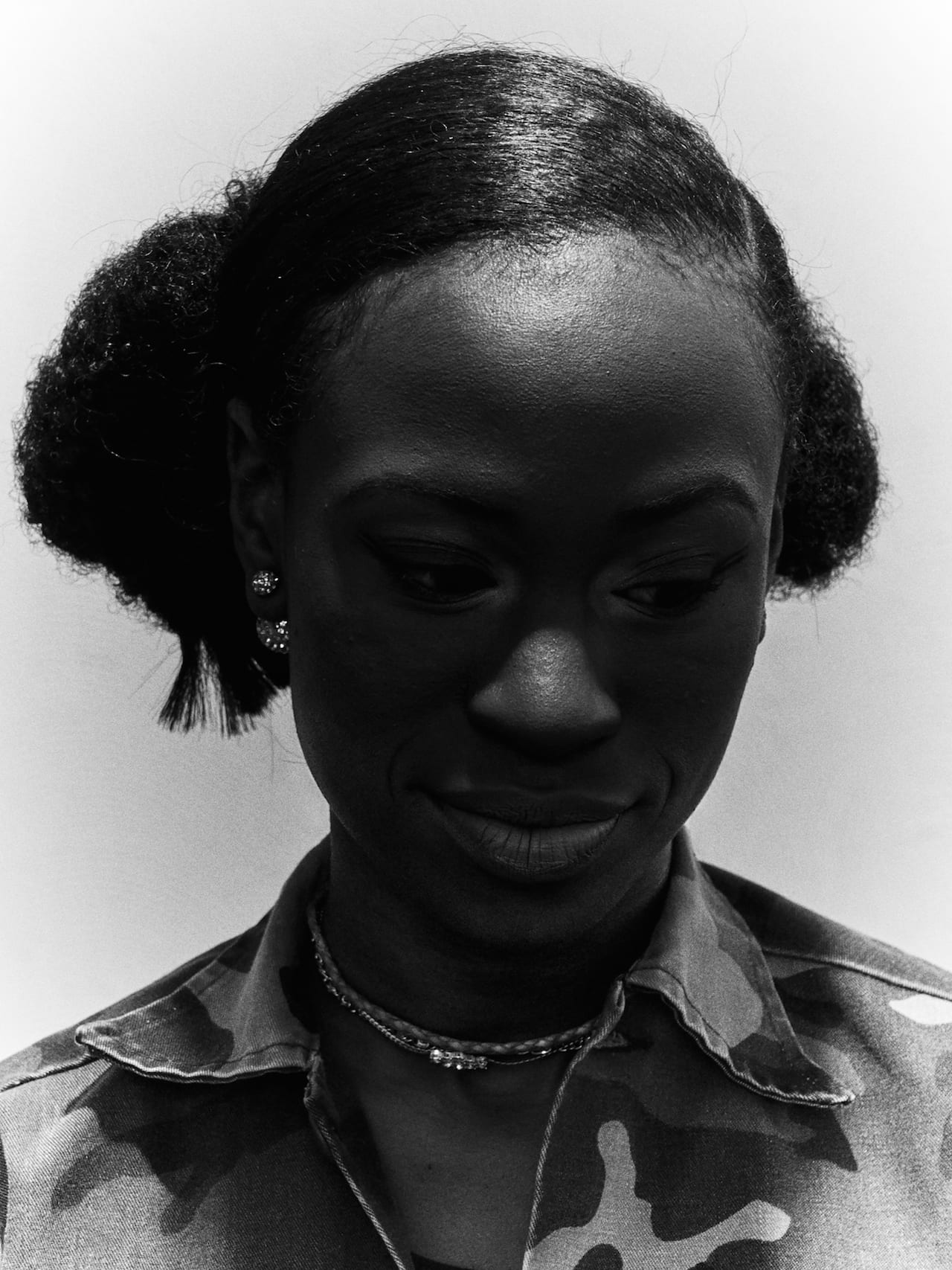
“In St. Louis, ZIP codes matter,” says Piergiorgio Castotti, an Italian photographer who lived in the US for three years. “North of Delmar boulevard, 95% of people are black, and life expectancy is 67. A few hundred yards south, 70% of people are white, and there is a life expectancy of 82.”
Index G, a collaborative project he’s made with photographer Emanuele Brutti, explores the harsh reality of this segregation, which is measured with the so-called Gini Index. Where once racial segregation in the US was obvious, and even enshrined in law, it’s now peppered throughout cities on a micro level, from neighbourhood to neighbourhood, and can therefore be easy to miss. “There were unexpectedly very few literal barriers in St. Louis; this meant that our first trip was a disaster,” says Castotti. “I didn’t know what to take pictures of.”
